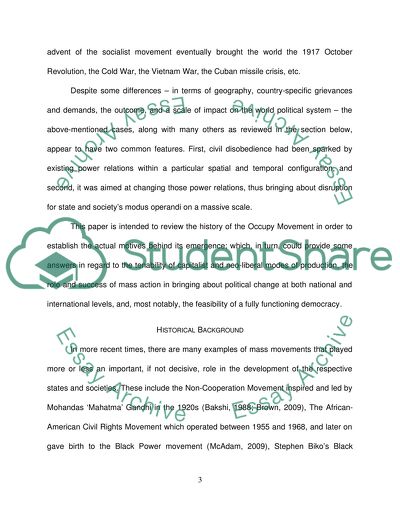Cite this document
(“The Role of Mass Movement in the World Politics Essay”, n.d.)
Retrieved from https://studentshare.org/politics/1464411-international-relations-violence-resistance
Retrieved from https://studentshare.org/politics/1464411-international-relations-violence-resistance
(The Role of Mass Movement in the World Politics Essay)
https://studentshare.org/politics/1464411-international-relations-violence-resistance.
https://studentshare.org/politics/1464411-international-relations-violence-resistance.
“The Role of Mass Movement in the World Politics Essay”, n.d. https://studentshare.org/politics/1464411-international-relations-violence-resistance.


